TITLE
Researchers Say the Purpose of Sleep Shifts During the ‘Terrible Twos’
DESCRIPTION
Why do we sleep and dream? These are age old questions that have fascinated all human cultures. Psychologists study sleep, dreaming, and rapid eye movement as part of the topic of consciousness. After birth during sleep, the majority of time in REM sleep is dramatic. Research has demonstrated that the pattern of sleep changes around 2-1/2 years old. “Now, a multidisciplinary team of researchers has pinpointed a period in early childhood when kids experience a dramatic decline in REM sleep. Their analysis, published today in Science Advances, reveals that the purpose of sleep shifts in children between 2 and 3 years old—from a process of reorganization and learning to a process of repairing the brain from daily stresses and wear.” The article takes several perspectives and does highlight disagreements in researchers as to why and what happens in that time frame vis-a-vis development. Is it due to genetic factors, physical development of the brain, cognitive factors, other aging and growth variables. There is a great deal of speculation but the change is documented.
This article is important to the understanding of human growth and development in the context of the important studies of sleep and dreaming (REM) functions.
SOURCE
SMITHSONIANMAG.COM, September 18, 2020, by Corryn Wetzel
LINK TO RESOURCE
(Tiny URL) https://tinyurl.com/yxfaxemb
CLASS DISCUSSION QUESTIONS
•What is sleep? What is believed to be the function of sleep in the various stages (nonREM and REM)?
•Is there a difference in the sleep patterns of different mammals (include humans)?
•What do the researchers show in their model in terms of the changes in sleep patterns in children up through approximately 3 years of age?
•What do the researchers hypothesize is changing in the brain as the child transitions from infant to toddler?
•According to the researchers, how is REM sleep different in function from regular nonREM sleep by 3 years of age?


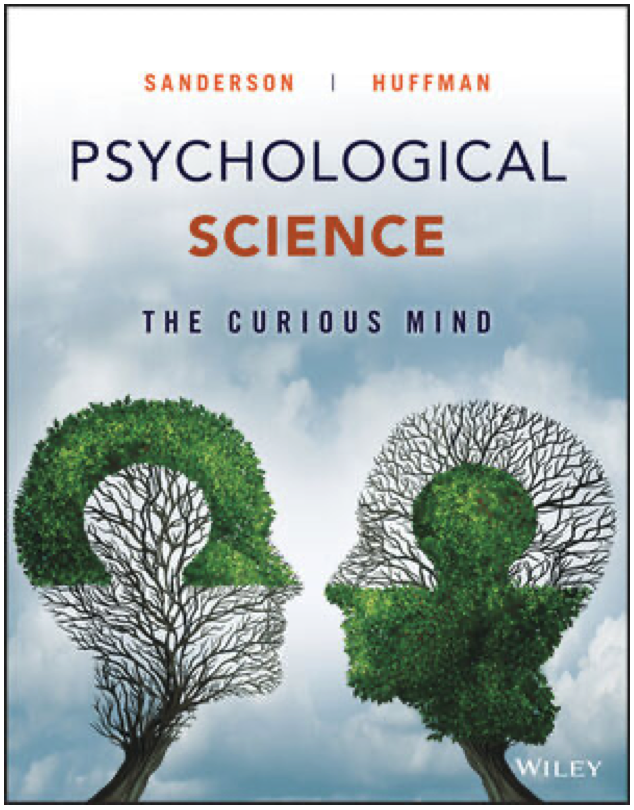
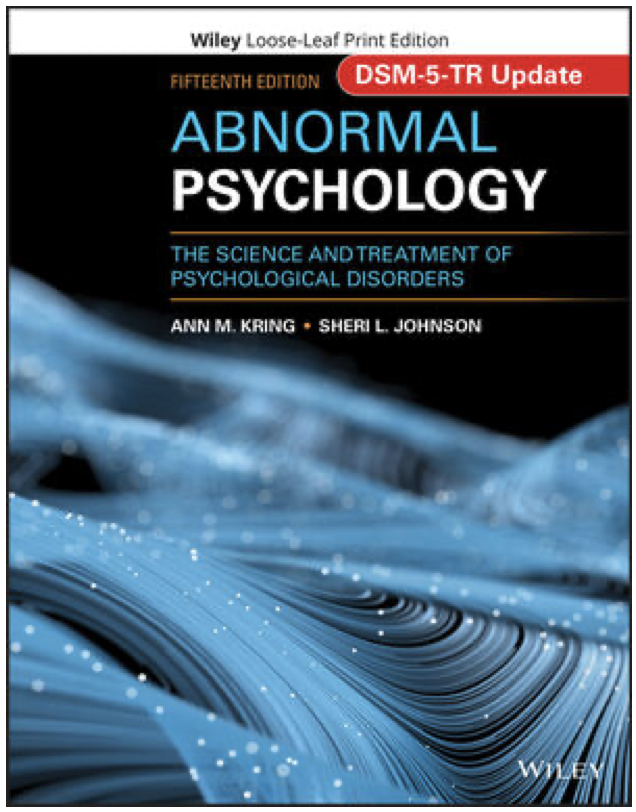
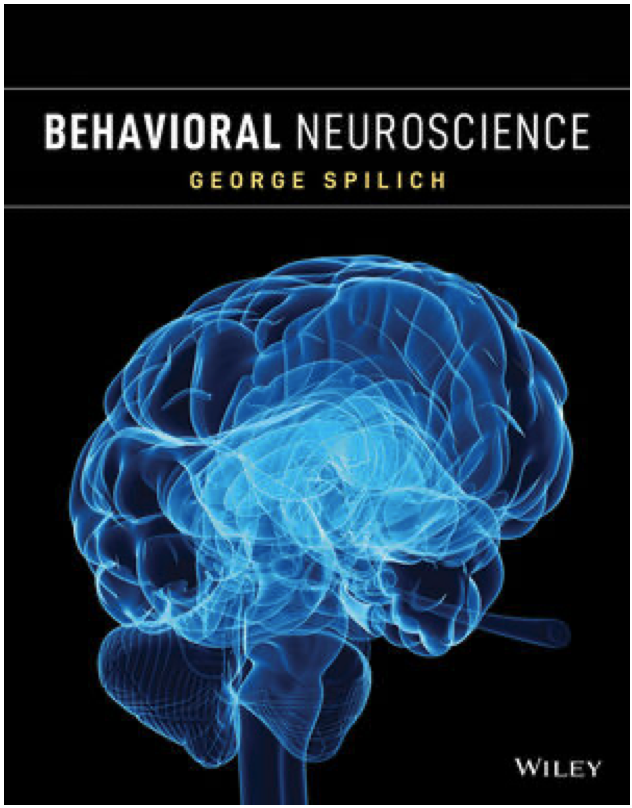
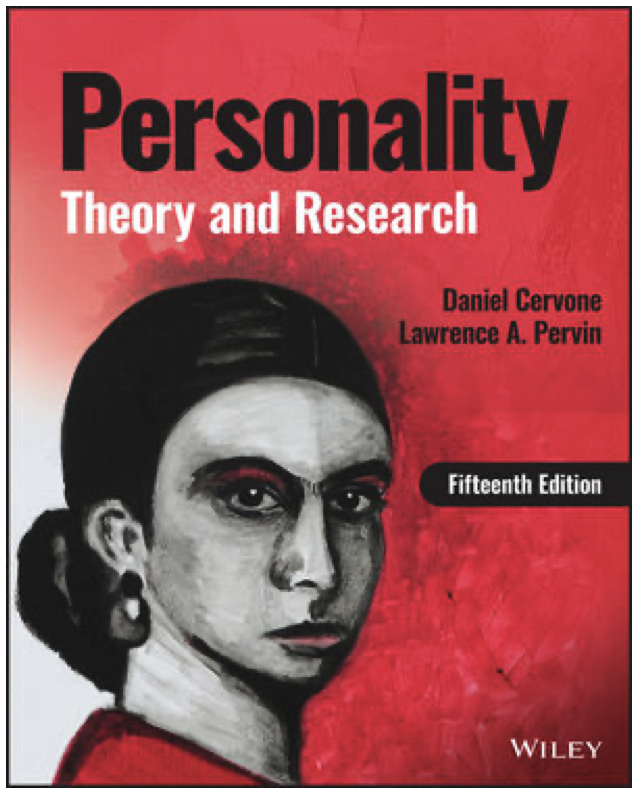
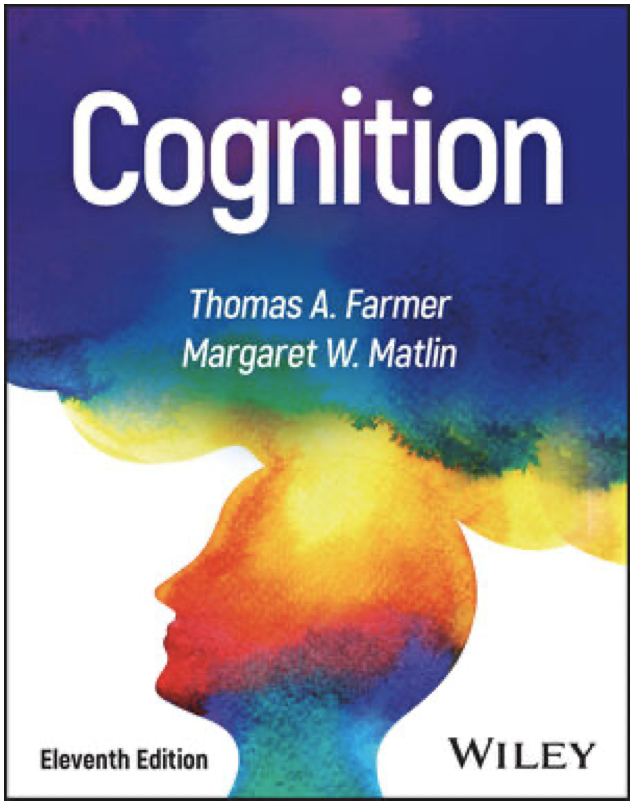
Leave a Reply